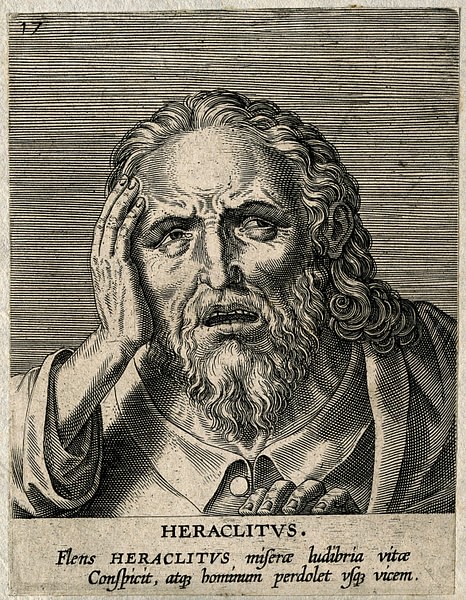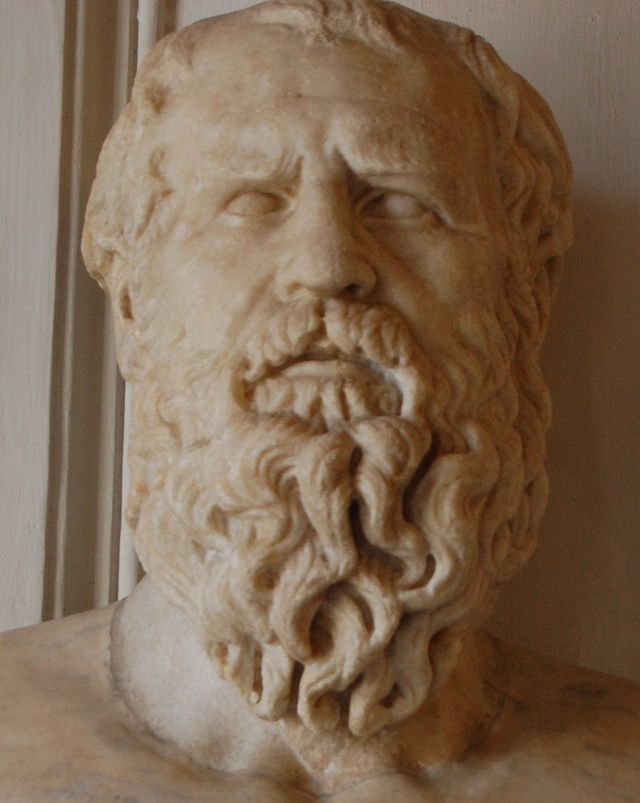Reference




OpenAI's Answer
Heraclitus, an ancient Greek philosopher, is famously associated with the concept of flux, which posits that everything in the universe is in constant change. According to Heraclitus, the fundamental nature of reality is characterized by perpetual motion and transformation.
Heraclitus' Account of Flux
Heraclitus' doctrine of flux is succinctly encapsulated in his saying, "everything flows" ("πάντα ρει" or "panta rhei"). This idea implies that all things are in a state of continuous change and nothing remains the same. His famous analogy is that one cannot step into the same river twice, because the waters are ever-changing. This notion is illustrated in various sources:
- World History Encyclopedia explains that Heraclitus believed everything is in constant motion and change, urging recognition and acceptance of this reality (World History Encyclopedia).
- Stanford Encyclopedia of Philosophy highlights that Heraclitus is known for his doctrines of universal flux and the unity of opposites, illustrating the interconnectedness and continuous transformation of opposites (Stanford Encyclopedia of Philosophy).
- Wikipedia notes that Heraclitus viewed the world as constantly in flux, always "becoming" but never static in "being" (Wikipedia).
Relationship to Motion
Heraclitus' concept of flux directly relates to the idea of motion. He posited that the essence of existence is dynamic, with motion being intrinsic to everything. This perspective contrasts with the views of other philosophers, like Parmenides, who saw change and motion as illusions.
- Unity of Opposites: Heraclitus believed that change and stability are not mutually exclusive but are interconnected. He illustrated this through the unity of opposites, where opposing forces are in constant tension yet are essential for harmony. This interplay is a form of motion and transformation within the stability (CliffsNotes).
- Cosmic Fire: In some interpretations, Heraclitus likened the perpetual change to fire, representing an ever-living, consuming, and transforming element, illustrating motion and transformation at the cosmic level (Ordinary Times).
Illustrative Images


In summary, Heraclitus' account of flux posits that change is the fundamental nature of reality, with all things in a state of perpetual motion. This idea profoundly shapes his philosophical outlook on existence, emphasizing the inherent dynamism in the universe.